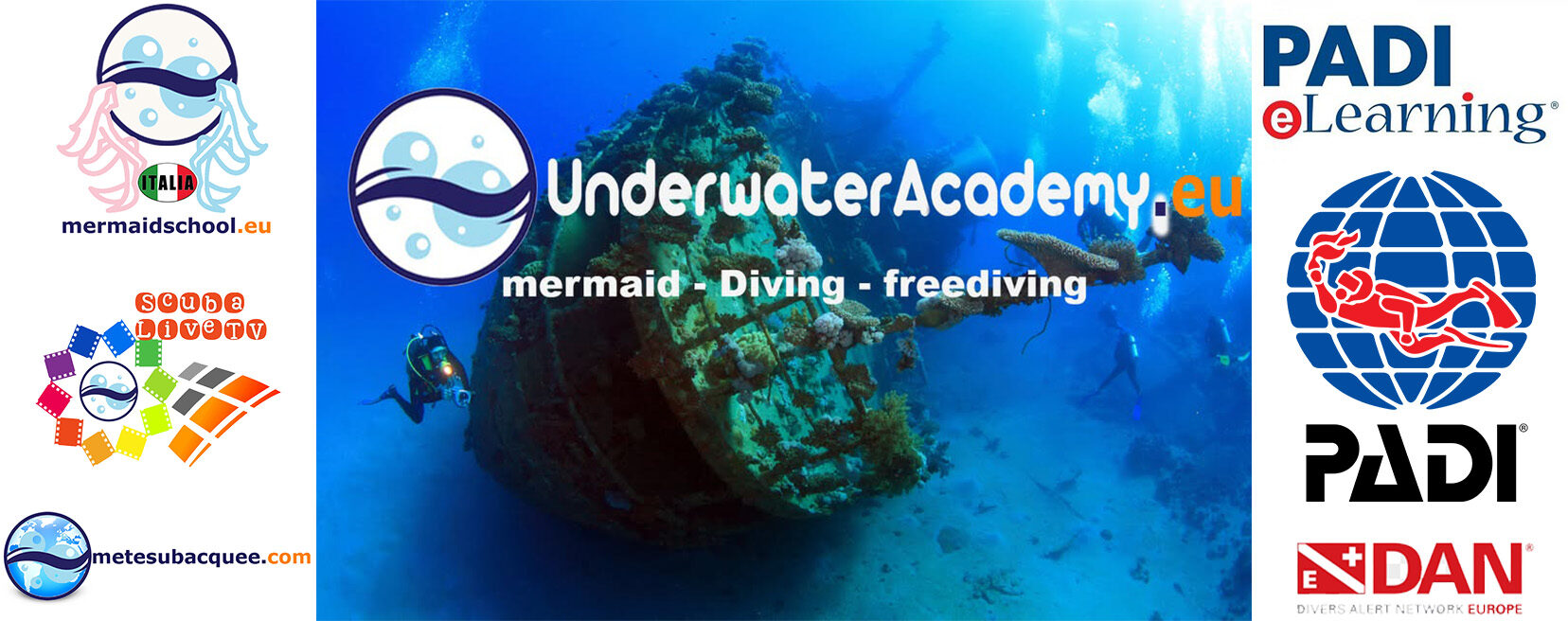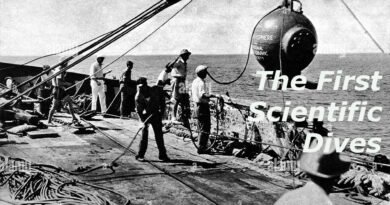The Blue Hole of Dahab: Scuba Paradise or Victim of Our Uncontrolled Tourism?
|| ScubaLiveTV || Insights || Actuality || Interviews || TV Web || History || Scuba Diving || Freediving || Video collection || Nature and Environment || Collaborate with us ||
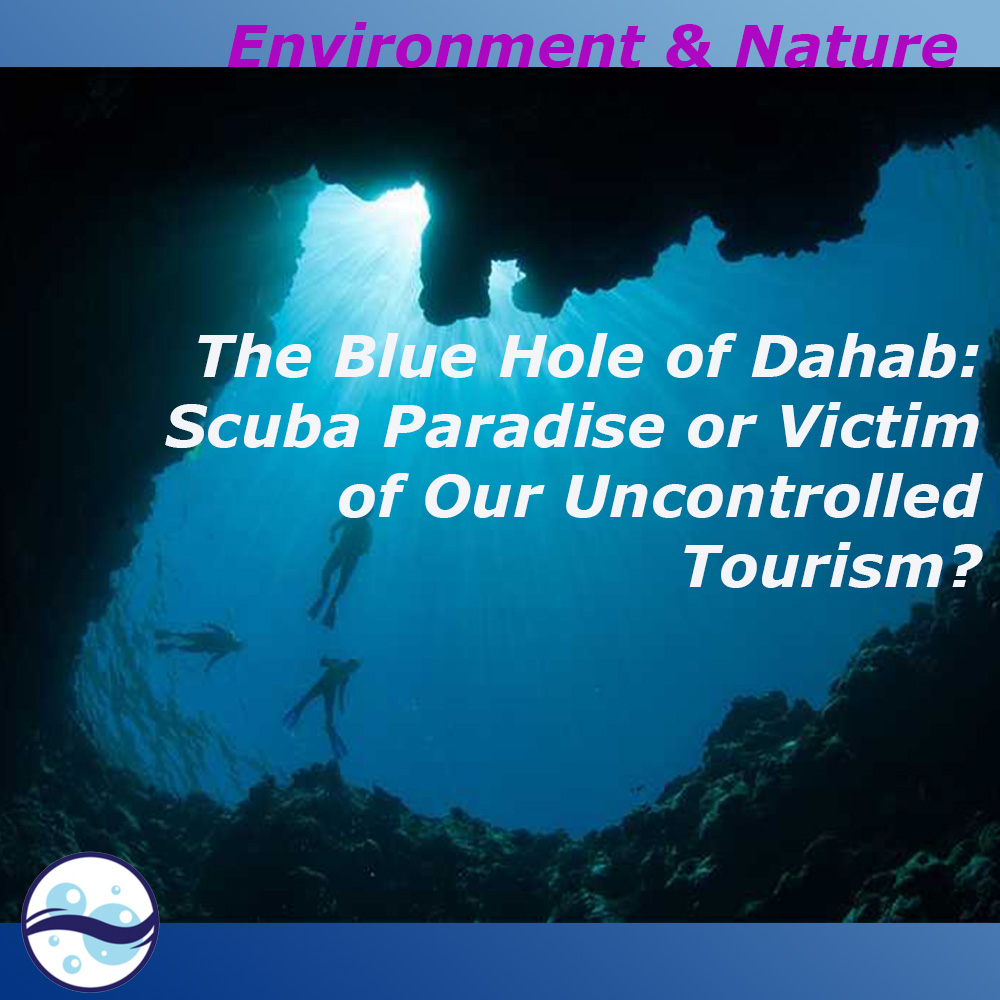
The Blue Hole of Dahab: Scuba Paradise or Victim of Our Uncontrolled Tourism?
In the heart of the Red Sea, just a few kilometres from Dahab, a peaceful Egyptian town on the Sinai Peninsula, hides one of the world’s most iconic and controversial dive sites: the Blue Hole. Imagine a perfect ring of coral, an underwater tunnel opening like a gateway to the abyss, with crystal-clear waters inviting you to explore breathtaking depths. For divers, it’s an irresistible call – a place where nature seems to challenge humanity with its hypnotic beauty. But behind this allure, the Blue Hole conceals an alarming reality: an ecosystem in peril, threatened by human negligence and inadequate local policies. In this article, we’ll explore the environmental criticalities of this submerged paradise, drawing on recent data and testimonies, to spark a profound reflection: how can we admire the sea without destroying it?
The Fatal Allure of the Blue Hole
Discovered in the 1970s, the Blue Hole has become synonymous with extreme adventure. With a diameter of about 26 metres and depths exceeding 100 metres, it offers an “arch” – an underwater arch – connecting the surface to the seabed, enabling spectacular technical dives and freediving. Thousands of divers from around the world converge here each year, drawn by exceptional visibility (up to 40 metres) and biodiversity: white-tip reef sharks, dolphins, iridescent corals, and a variety of tropical fish dancing in the azure. It’s a site that has inspired documentaries and books, symbolising the freedom of underwater exploration.
But this appeal comes at a cost. From 2020 to 2025, according to reports from the Divers Alert Network (DAN) and the Egyptian Environmental Affairs Agency (EEAA), the Blue Hole has seen a 30% surge in tourist traffic, fuelled by the post-pandemic boom in experiential tourism. What was once a secret among enthusiasts is now an Instagram sensation, with over 50,000 annual visitors. And here begins the downward spiral: negligence from tourists and operators, combined with weak local policies, is turning this jewel into an open wound for the marine ecosystem.
Environmental Criticalities: An Ecosystem Under Siege
Observing the Blue Hole today, the signs of degradation are evident. The once-lush corals show white patches of bleaching caused by rising water temperatures – a global issue, but exacerbated here by climate change and local pollution. A 2024 EEAA report highlights that 25% of the surrounding coral reef has been lost in the last five years, mainly due to physical damage: inexperienced divers touching corals for “stability”, fins stirring up lethal sediments for benthic fauna, and boat anchors ripping the seabed.
Plastic pollution is another scourge. Single-use plastics – bottles, bags, straws – float or accumulate on the reef, suffocating fish and invertebrates. A 2025 survey by Ocean Conservancy detected over 500 kg of plastic waste within a 500-metre radius of the site, carried by currents from the nearby Gulf of Aqaba. And it’s not just rubbish: untreated discharges from Dahab’s hotels and restaurants contaminate the waters with nutrients that fuel algal blooms, creating “dead zones” devoid of oxygen.
But the degradation isn’t just physical. Biodiversity is suffering: iconic species like dugongs and certain sharks have declined by 15% since 2022, per Red Sea Research Center data. The Blue Hole, once home to balanced ecosystems, is becoming a submerged desert, with cascading impacts on the entire marine food chain.
The Causes: Human Negligence and Inadequate Local Policies
The roots of the problem lie in everyday negligence. Many divers, lured by the site’s fame, arrive unprepared: skipped basic courses, uncertified guides prioritising dive numbers over rule compliance. “I see tourists throwing rubbish straight into the water, thinking the sea ‘absorbs’ it,” local guide Ahmed, with 15 years’ experience in Dahab, told me. “And the boats? They moor anywhere, destroying coral without a plan.”
But the real culprit is the lack of effective local policies. Despite the 2022 Sustainable Management Plan for the Blue Hole, drafted with EEAA support, implementation has been sluggish. There are no daily visitor limits (200 proposed, but 500 arrive), no exclusion zones for fragile coral, and no mandatory sensitisation campaigns for tour operators. Local authorities, under economic pressure from tourism (which generates 70% of Dahab’s GDP), have prioritised visitor volume over sustainability. “Pollution fines are derisory, and checks sporadic,” states the 2025 EEAA report. Result? A vicious cycle: more tourists, more damage, less long-term appeal.
The Impact: Beyond the Sea, a Lesson for All
The consequences extend far beyond the ecosystem. Economically, Dahab risks losing its allure: degraded sites deter conscious divers, who opt for protected destinations like the Maldives or Palau. Socially, the local community – reliant on diving for livelihoods – faces an uncertain future. Globally? The Blue Hole is a warning: scuba tourism, worth 25 billion dollars annually, can be a double-edged sword if unregulated.
Yet there’s hope. Initiatives like the annual site clean-up, organised by volunteers and NGOs such as HEPCA (Hurghada Environmental Protection and Conservation Association), removed tonnes of waste in 2024. And responsible tourists are making a difference: choosing certified guides, avoiding reef contact, and supporting eco-lodges.
A Reflection to Change Course
Faced with a site like the Blue Hole, one question is inevitable: are we admiring the sea or consuming it? Every diver has a responsibility: select ethical operators, dive mindfully, and advocate for stricter policies. Imagine if, instead of a dying “blue hole”, Dahab became a model of sustainable tourism – with access limits, mandatory education, and conservation funds. The Red Sea isn’t just a playground: it’s a global heritage deserving our care.
Next time you plan a dive, ask yourself: am I leaving the sea better than I found it? The Blue Hole teaches us that fleeting beauty demands concrete action. Visit with respect, support local communities, and join the call for responsible diving. Your next underwater breath might depend on it.
Sources: EEAA Reports 2024-2025, Ocean Conservancy 2025, local interviews, and DAN data. For more, visit hepca.org.
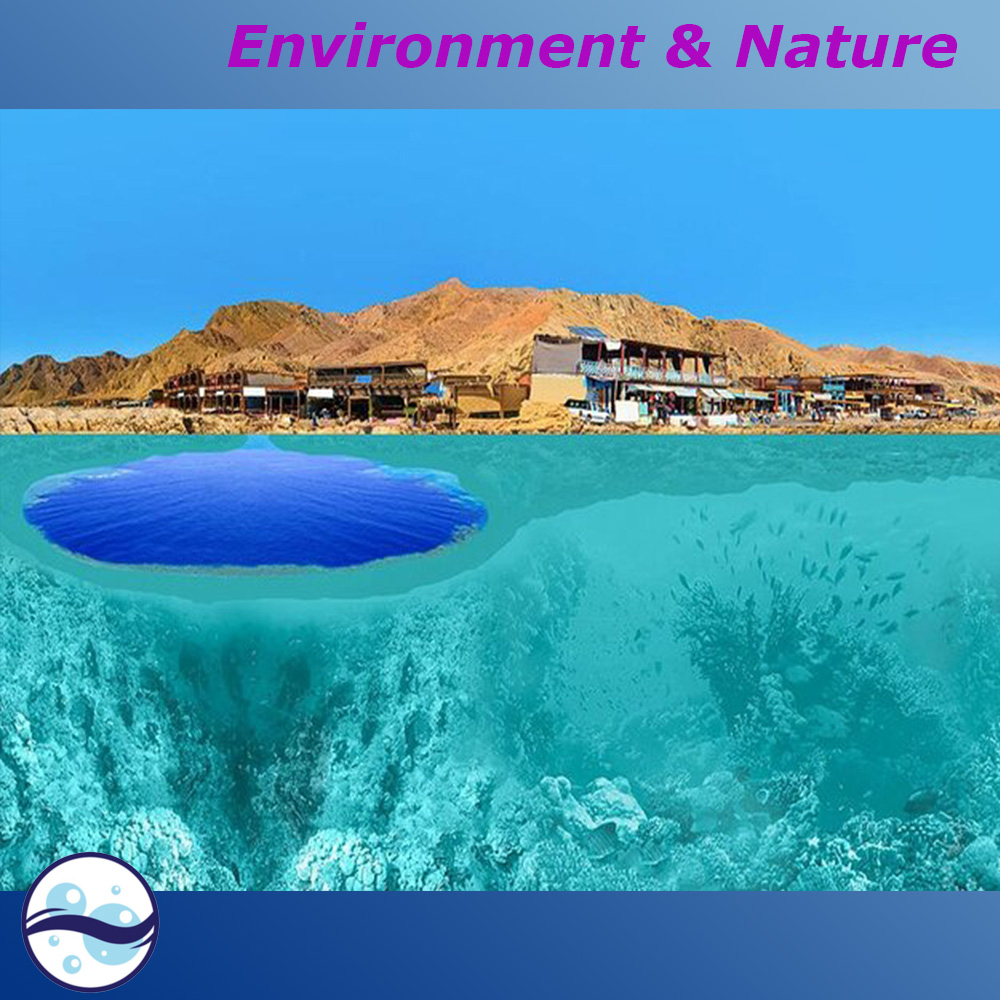
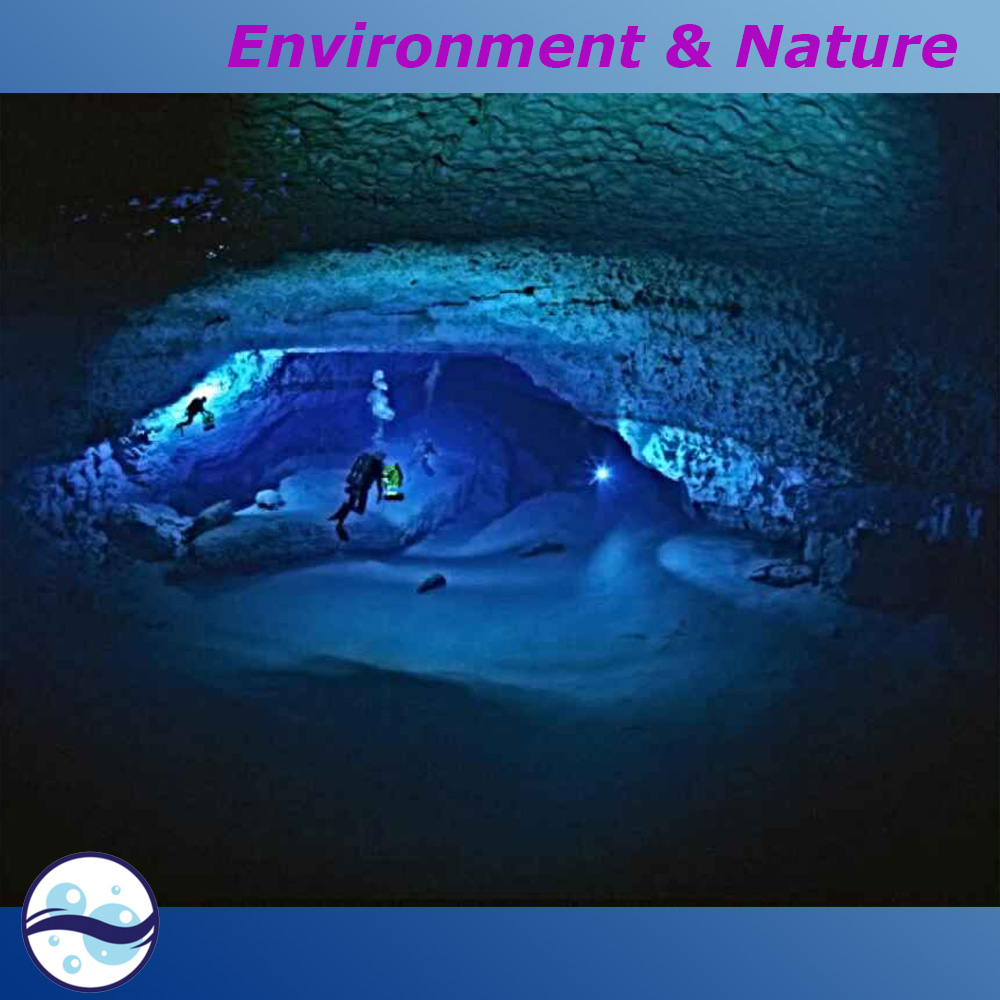
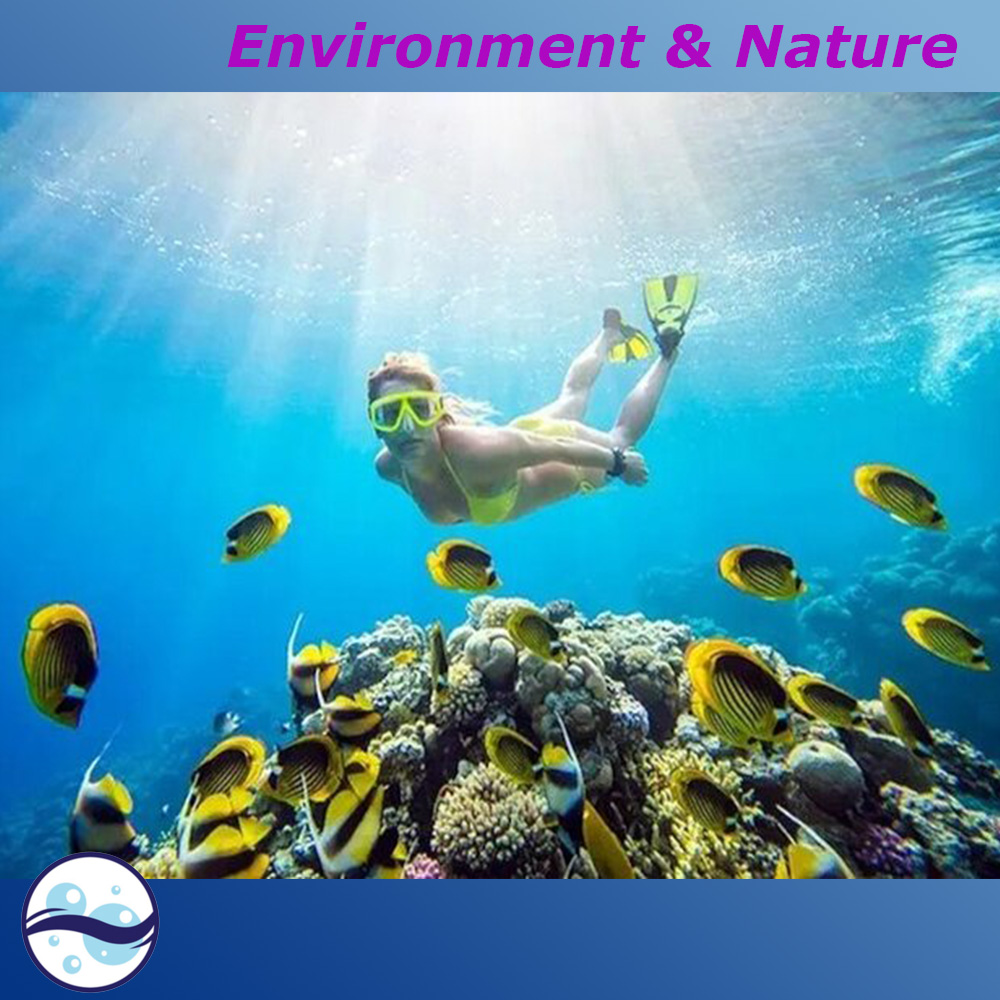
- PADI Project AWARE Specialist – Protect aquatic environments
- PADI EFR CARE FOR CHILDREN
- PADI Discover Scuba Diver
If you need help, see our FAQs
